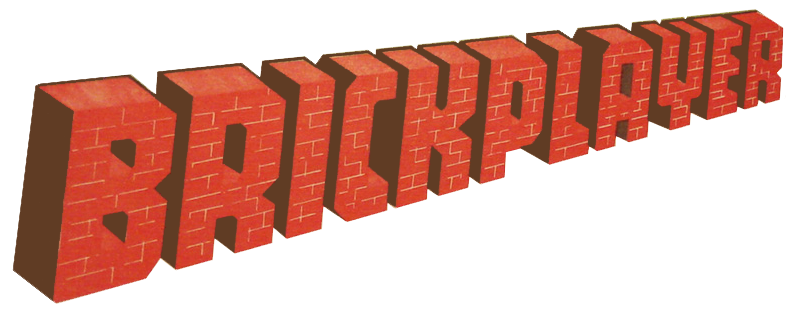






I have two Excel spreadsheets, originally from Dave Meesam, that give excellent details about all the kits to be described below. One lists the contents for all these kits, while the other specifies the models for which each kit provided blueprints and instructions. It is worth noting here (and will in fact be obvious from study of these two Excel sheets) that no kit contained enough components to build all of the models it described at the same time. Brickplayer was always designed for a model to be demolished after construction by immersing it in warm water. Then the components could be reused to build another model. There were always enough components in each kit for its largest model, and often enough to build two or more of the smaller models. Spears also sold accessory packs, so that more bricks, windows, etc, could be acquired to build more models. See the accessories page.
JW Spear & Sons was founded in Germany in 1879 and developed from modest beginnings into one of the world's leading producers of toys and games including Scrabble, for which it is most famous. A factory was set up in Enfield in North London in 1932 to manufacture all the products for the English speaking countries of the world.
Brickplayer was introduced by Spears to England in 1938. There are few details of the kits that were launched then, but Dave Meesam's website described two, labelled B5 and B7. The numbering suggests that there might have been others. On the other hand, since Dave's list of models shows just 5 to be built with these, it is possible that B5 provided the means to build the 5 and that a bigger B7 offered blueprints and components for 7.
The advent of the Second World War cut short the production of these Pre-war Brickplayer kits. The company's resources were diverted to producing things needed for the war effort, and demand for construction toys also naturally declined. As a result, few pre-war kits were sold and they are now very rare.
I do not have examples of these kits, so there are no photos to show here.
After the war, Spears produced two new kits, labelled Kit 1 and Kit 2. Models were designed primarily in 1:27 scale (which was popular with diecast toy cars, etc, at the time), although some were said to be suitable to accompany model railways in the prevailing 'O' gauge (which is 1:48 scale).
Sales began to pick up. Dave Meesam says, "It would seem that at that time, constructing model buildings from bricks and mortar appealed to the toy buying public as it mirrored the reconstruction of many of the towns and cities ravaged by the war." Nevertheless, these kits are also quite scarce today because Spears revamped the kits again after only a few years.
From this era, I have just a box for a Kit 2, with some of its components inside. I have, however, obtained images of the building manual and blueprints, courtesy of Timothy Edwards' website that is mainly devoted to Meccano, but has this page about Brickplayer. Follow the link below for more details.
In 1953, Spears offered a Farm Kit, with designs for 7 buildings and even a plan for how to lay these out to create the farm as shown on the box. To do so would have needed a large number of extra components, so I wonder how many people actually made the whole farm! However, this was the largest and most ambitious kit to date (and the most expensive). It used the same basic components as Kits 3 and 4, and so I class it as Standard Brickplayer, but it also included some new components, a stable door and a wicket gate.
I have a complete Kit 4 and parts of the other kits. Follow the link below to a page with photographs, blueprints and building manuals.
These kits seem also to have sold well, with plenty being offered for sale online through the likes of Ebay, but times were changing. 'OO' gauge had overtaken 'O' gauge as the leading format for model railway buyers, and with advances in plastics children were finding newer construction toys much easier and quicker to build with. Spears had ceased production of Brickplayer by the mid-1960s.
I have a complete Kit B and parts of the other kits. Follow the link below to a page with photographs, blueprints and building manual.
More links: This Brickplayer website sits within my personal website tonyohagan.co.uk. The links below provide access to the other parts of my website.

|

|

|

|

|

|